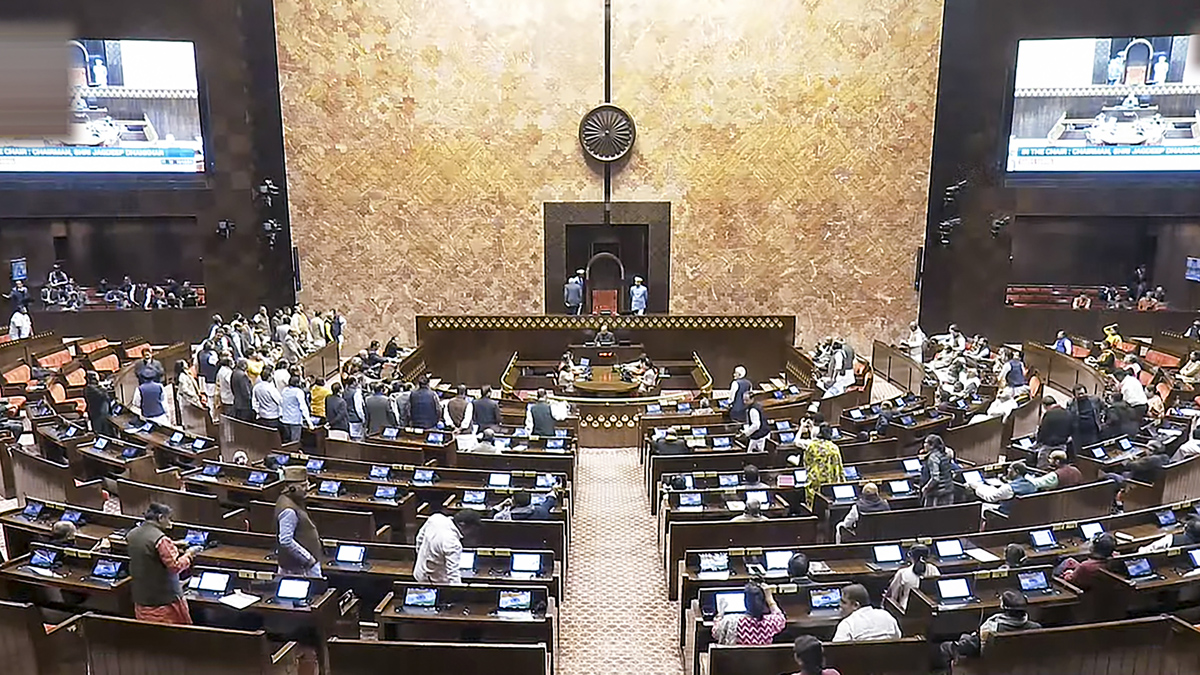Generally, a person who breaks the law is arrested. So, what is arrest? In general term, ‘arrest’ would mean that when a person is arrested they lose some of their freedom and liberty. They are put under restraint.
The Criminal Procedure Code of 1973 (CrPC), however, that deals with the aspects of arrests, has not defined the ‘Arrest’. When a person is arrested, then the arrested person is taken into custody of an authority empowered by the law for detaining the person. The person is then asked to answer the charges against him and he is detained so that no further crime is committed.
In Indian law, Criminal Procedural Code 1973 (hereinafter referred to as CrPC), chapter V (Section 41 to 60) talks about Arrest of a person but it does not define arrest anywhere.
Types of Arrest: Two types of arrest
- An arrest made in view of a warrant issued by a magistrate
- An arrest made without such a warrant but in accordance with some legal provision permitting such an arrest
Who can arrest?
The arrest can be made by police, magistrate and even a private person
Section 41(1) CrPC Says: Any police officer– may without an order from a magistrate and without a warrant arrest any person who has committed a cognizable offence, who is in possession of stolen property, or is a state offender, who obstructs a police officer in discharge of his duty, who attempts to escape from lawful custody, who is declared as a deserted from any of the Armed Forces of the Union, who is a released convict and breaches his contract of release etc.
Section 42 authorizes a police officer to arrest a person for an offence which is non-cognizable if the person to be arrested refuses to give his name and residence.
Section 43 gives the right to a private person like you and me to carry out an arrest of a person who in his presence commits a cognizable or a non-bailable offence or who is a proclaimed offender. Section 44 arrest by magistrate as per section 44(1) of CrPC, the Magistrate has been given the power to arrest an individual who has committed an offence in his presence and also commit him to custody.
However, CrPC exempts the members of Armed forces from being arrested for anything done by them in discharge of their official duties except after obtaining the consent of the government (section 45 CrPC).
Section 46 of CrPC explains how arrest is made with or without warrant.
Section 46(4) special protection as females, that forbids arrest of women after sunset and before sunrise, except in exceptional circumstances in which case the arrest can be done by a woman police officer after making a written report obtaining a prior permission from the concerned judicial magistrate of first class within whose local jurisdiction the offence is committed or the arrest is to be made.
Constitutionality of Section 107 and 151 of CrPC
For the purpose of arresting without a warrant, a police officer may pursue such an individual into any place in India as stated under Section 48. Section 49 of the Code says that the arrested person shall not be subject to any unnecessary restraint or physical inconvenience unless it is required to do so to prevent his escape.
Section 151 gives power to the police officials to arrest a person, without a warrant, on the suspicion that he may commit a cognizable offence. However, this comes with certain conditions: the anticipated offence should be cognizable and the officer should feel that the offence would be prevented only by an arrest of the suspect. Section 107 gives similar powers to the magistrate. However, Numerous petitions have been filed questioning the constitutional validity of these sections as it gives plenty of ro
It was held that to make an arrest the police officer need not be handcuff the person, and it can be completed by spoken words also if the person submits to custody himself.
It was held in the case of Bharosa Ramdayal vs Emperor, 1941, that if a person makes a statement to the police admitting himself of committing an offence, he would be considered to submitting to the custody of the police officer. Also, if the accused goes to the police station as directed by the police officer, he has again considered to have submitted to the custody. In such cases, physical contact is not required.
In Kul tej Singh vs Circle Inspector of Police, 1992, it was held by the court that keeping a person in custody in the police station or confining the movement of the person in the precincts of the police station amounts to arrest of the person.



